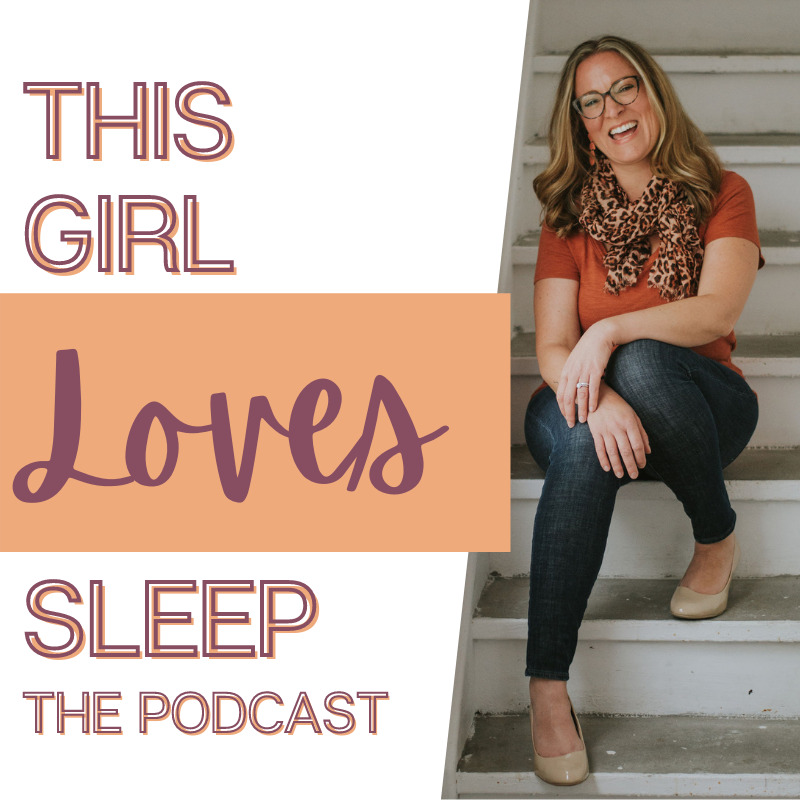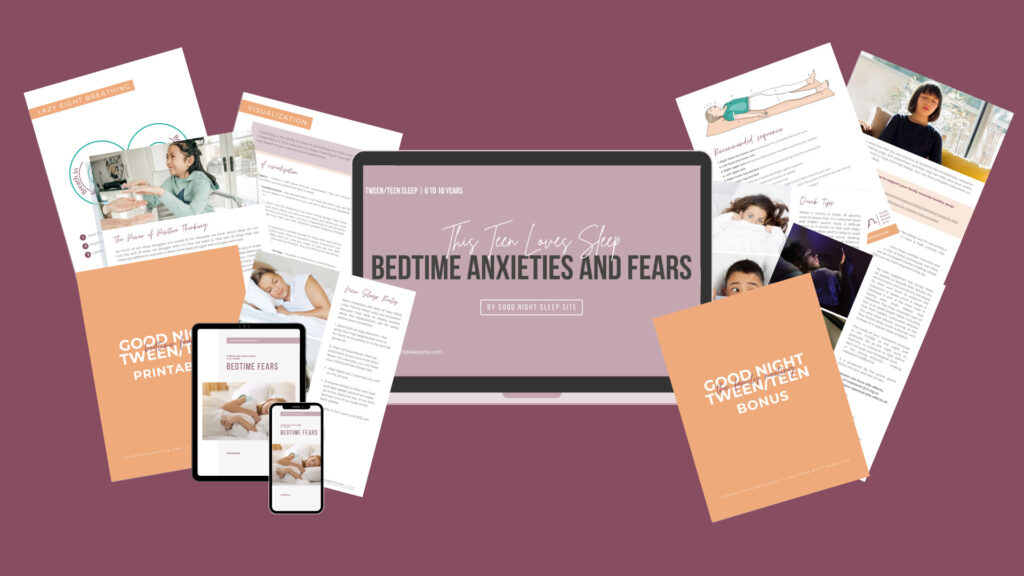It’s common for your 8-12 year old to start struggling with sleep. Often parents find their children at this age take longer to get to bed. Perhaps it’s taking them longer to fall asleep or suddenly they are showing bouts of anxiety and fear about going to bed alone. At this age, adequate sleep is necessary and if your child isn’t sleeping, there are things you can try to help get them back on track.
Children are growing, becoming increasingly active in school and after-school activities, and need well rested minds and bodies to strengthen their cognitive ability, memory, alertness, and overall mood and behaviour for school and learning. Within my practice I see children at this age suddenly start to sleep less even though their bodies still need the same amount of sleep – 10 to 11 hours of sleep per night.
Sign Up For Our Newsletter
The Reasons for Childhood Insomnia can Vary
Biological Changes
With the average age of puberty for girls being between 10 and 12 years of age and boys 12-16 years of age, it’s during this age group that there is a shift in their natural sleep rhythms – their circadian rhythms. Melatonin – our sleep hormone – is secreted later at night. This hormone is what signals to the body that it is time to go to sleep. While this may not happen as early as 8 years of age, when the shift does take place it can be biologically impossible for our tweens and teens to fall asleep at an earlier bedtime even if we want them to.
Unpredictable Routine with Poor Sleep Environment
This is the age where activities, sports, and homework increase. Bedtimes begin to be pushed out too late, and over-scheduling leaves children overtired and exhausted making it more difficult for them to fall asleep. Also technology is finding it’s way into children’s bedrooms and sleep is being traded for staying up-to-date socially and catching up on their favourite TV show or YouTube channel.
Anxiety and Bedtime Fears
Fears are becoming more realistic and anxious thoughts about school work, social environments, family difficulties, or even as serious as illness and death can keep our children’s brains busy and worrisome, making it very difficult for them to fall asleep.
Age Appropriate Sleep Solutions That Will Help Your Child Fall Asleep Easier
The first step towards healthier sleep for any individual is to start promoting proper sleep hygiene and this definitely includes children as well.
- Practice consistent sleep patterns with your child. At this age aim for a bedtime between 8:30-9pm and have a consistent wake time in the morning. Even on the weekends.
- It’s important to bring back bedtime and incorporate a calming bedtime routine with no electronics at least 60 minutes before bed. Use this time to bring down stimulation for your child, connect after a busy day, and prepare them for sleep. Try to avoid a lot of exercise for 1-2 hours before bed.
- Watch what your child eats before bedtime and avoid caffeine. A banana has been known to help release serotonin, which can be sleep-inducing.
- Provide your child with a sleep environment that is conducive to sleep. Installing blackout blinds and creating a nice and dark environment is the best way to help signal to your child’s brain that it’s time to release that sleep inducing hormone – melatonin. Remove technology from all bedrooms and be a sleep role model for you child. Create a family docking station within your home, out of the bedrooms, where everyone can plugin overnight.
Combat childhood anxieties and fears before bedtime with communication and relaxation techniques or download our This Teen Loves Sleep program to help combat teen bedtime fears and anxieties. It’s also important to take the pressure of sleep off of both of you. It’s a stressful cycle that can begin. Your child will stress before bedtime because he knows he’s going to have a hard time falling asleep and then you and he may have conflict about it, stressing you both out where no one is falling asleep any time soon. They often feel the pressure when we are just telling them to go to bed. Explain to him why he needs to sleep and then incorporate different techniques that can help him get there.
- Swap the bedtime stories for colouring. With adult colouring now on the rise, the calming benefits of this activity are being proven. Colouring with your child is not only relaxing for both of you but it also provides the parent a great opportunity to ask those open-ended questions to find out more about their child’s day and what may be causing some of their anxieties.
- Have your child create a shared journal with you. In this journal your child is able to write down any worries or concerns that they want you to know about and there is an understanding that you will read it. Sometimes it’s difficult for our children to admit their fears out loud but they want to share them with us. This shared journal can act as that bridge for communication between the two of you.
- While I encourage you to stay away from brightly lit tech, stories on tape work really well for this age group and your child may enjoy listening to one before he goes to sleep.
- Teaching children how to relax before bedtime through mindfulness, yoga, and breathing techniques can help relax their body and quiet their minds making it easier for your child to fall asleep. Repeat positive sleep mantras like “I can fall asleep on my own,” “I’m a great sleeper,” “Sleep is good for me.” Repeat these mantras at bedtime and even throughout the day with your child to change the way they think about bedtime from negative to positive.
- Sit down for a family meeting where you can map out bedtime routine through pictures or verbally so that your child is clear on the expectations at bedtime and throughout the night.
It’s also important to monitor parental involvement. Try and step back and look at the situation. Is your involvement too much? Are you the last obstacle standing in the way of your child sleeping soundly at night? If so, you aren’t alone and putting a consistent plan in place can help you all sleep better at night.
Lastly avoid Band-aid solutions like melatonin. If your child isn’t sleeping, the first route to take before any sleep aid supplements should always be behavioural and emotional sleep modifications.
Our tween and teen sleep program will help your child combat bedtime fears and anxieties so they fall asleep easier and stay asleep throughout the night. Click here to purchase for only $29.
This post was previously published on YummyMummyClub.ca

Alanna McGinn, founder of Good Night Sleep Site, provides free child and family sleep support through Facebook, Twitter, and Instagram. We invite you to join our sleep community as we work towards Good Night Sleep Site’s mission of a healthier rested family unit. For more sleep tips, subscribe to our newsletter and visit Good Night Sleep Site.











